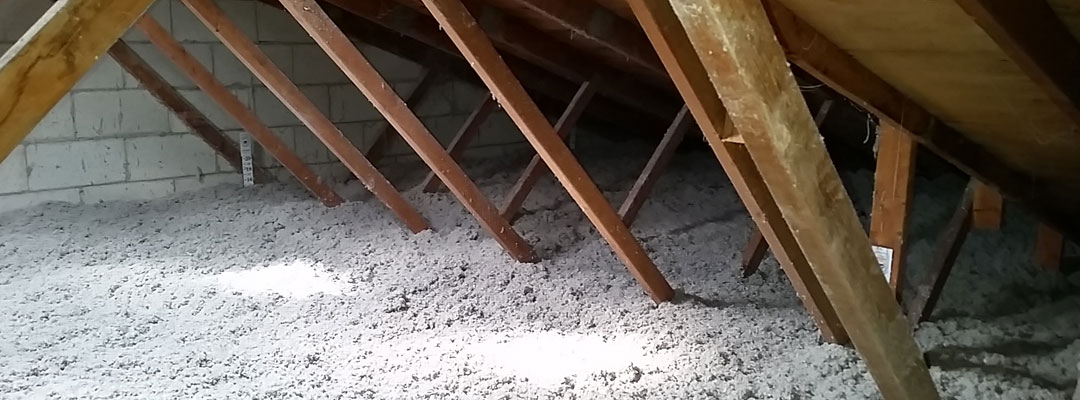
Introduction:
The attic, often an overlooked space, plays a crucial role in a home’s overall health and efficiency. Attic restoration goes beyond aesthetics, addressing issues that may impact the structural integrity and air quality of your home. Let’s explore some comprehensive Attic Restoration Solutions for a renewed and healthy space.
Understanding Attic Issues:
Attics are susceptible to various issues, including water damage, pest infestations, and poor insulation. Identifying and understanding these issues is the first step in the restoration process. A thorough inspection helps pinpoint the root causes and informs the restoration strategy.
Water Damage Remediation:
Water damage in the attic can lead to mold growth, structural deterioration, and compromised insulation. Attic restoration solutions for water damage may include fixing leaks, replacing damaged insulation, and addressing ventilation issues. Swift action is crucial to prevent further damage and mold proliferation.
Pest Control and Removal:
Pests such as rodents and insects can wreak havoc in attics, causing damage to insulation, wiring, and even the structure itself. Effective pest control measures, coupled with thorough cleaning and removal of contaminated materials, are essential components of attic restoration. Preventive measures are also implemented to avoid future infestations.
Insulation Upgrade for Energy Efficiency:
Attic insulation plays a significant role in regulating a home’s temperature and energy efficiency. During restoration, consider upgrading insulation to meet modern energy efficiency standards. This not only improves comfort but also contributes to reduced energy bills.
Mold Remediation and Air Quality Improvement:
Mold growth in the attic can pose serious health risks and compromise indoor air quality. Attic restoration involves thorough mold remediation, including the removal of affected materials and the implementation of preventive measures. Improved air circulation and ventilation are integral to maintaining healthy indoor air quality.
Structural Repairs and Reinforcement:
Over time, attics may experience structural wear and tear. Restoration solutions may include reinforcing the attic’s structural elements, repairing damaged wood, and ensuring the overall stability of the space. These measures are vital for the long-term integrity of your home.
Electrical System Evaluation and Upgrades:
Attics often house electrical systems and wiring. During restoration, it’s essential to evaluate the condition of the electrical components. Upgrades may be necessary to meet current safety codes and accommodate any changes in the attic’s functionality.
Fireproofing for Enhanced Safety:
Fire hazards are a concern in attics due to electrical systems, insulation, and stored items. Attic restoration solutions may involve fireproofing measures to minimize the risk of fires and enhance overall safety. This includes using fire-resistant materials and ensuring proper wiring practices.
Aesthetic Enhancements and Functional Design:
Attic restoration isn’t just about addressing issues; it’s an opportunity to enhance the aesthetics and functionality of the space. Consider creative design solutions that make the attic a usable and visually appealing part of your home. This could involve converting the attic into a bedroom, office, or storage space.
Conclusion:
Attic restoration is a multifaceted process that goes beyond cosmetic improvements. It’s about ensuring the health, safety, and efficiency of your home. Explore Attic Restoration Solutions at mangamofo.com to embark on a transformative journey toward a renewed and healthy attic space.
